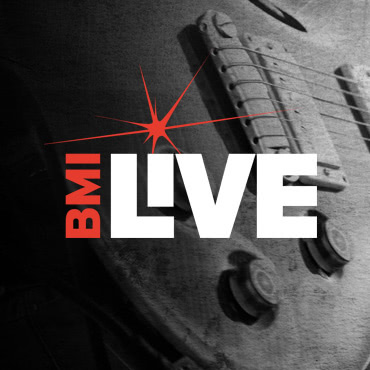The Benefits of Stripped-Down Recording
Why reducing session complexity often yields positive results

As we get more experienced with recording, naturally there’s the urge to “explore” a little, such as building more sophisticated arrangements and using oodles of inputs and track space to get you there. But does complexity really guarantee a better outcome? It’s a valid question, especially when you consider that some of the most potent recordings out there were built on relatively basic arrangements that call attention to the song, rather than the overall sound.
So why hang a half-dozen microphones over a drumkit when you can have just a few, or even one? Is it worth having all of that pedalboard noise when just one or two boxed effects will do? We consider these and other examples of why keeping things simple often yields the best results.
Take it easy. One good way to start is by reducing the amount of time you spend tracking any particular part. Sure, there’s the notion that the more takes you roll up the better you’ll get at it, and in some instances that may be true. But so much of what goes into a spirited recording has less to do with proficiency and more about feeling, as well as spontaneity. That accidental double-stop you played during the guitar break, or the “wrong” vocal harmony part that wound up sounding better than your original idea—often these unexpected moments occur early on when your guard is down and you’re not yet thinking about getting “the take.” Rather than going for perfection, then, try to get the essence of the part you’re working on in just a few attempts. Not only are you more likely to wind up with something viable, you’ll have much less music to process afterwards.
Mic less. We’ve all seen those iconic photos of big modern recording sessions with so many microphones suspended over a drum kit that it’s almost difficult to see the kit. While learning to use multiple mics on a single source is a rite of passage for any aspiring recordist, there are times when a stripped-down approach can be a much better solution. If all your song really needs is a simple backbeat, next time try setting up a single microphone (any basic dynamic will do) placed a few feet away from a drum kit, aimed slightly above the bass drum and pointed towards the snare drum. That’s it! While not appropriate for all situations, in a pinch this one-mic mono method can be amazingly effective.
Use fewer tracks. Where recording once involved careful planning to avoid running low on track space, DAWs have eliminated such problems—if you really want to add an infinite number of vocal or instrumental parts along the way, there’s nothing stopping you. Well, nothing except having to find room in the mix for all that stuff without it sounding like one big cacophonous slog. Even if some of the ideas are good ones, bear in mind that a song should have plenty of space in between the various fills, solos and harmony parts—and the easiest way to do that is to simply record less, or at least confine the extra accompaniment to specific sections of the song (say, the chorus, for example). This allows the song to build gradually, rather than starting at one level and keeping it there throughout.
Mix efficiently. That same element of efficiency should also be part of the final-mix regimen. If you’ve followed most of the guidance above—recording fewer tracks using fewer takes in order to get the ideas down quickly—chances are the mix process should be much less onerous a task as well. When assembling, try not to dwell on the small stuff—say, a slightly flattened vocal harmony, or briefly muffed bass note—focusing instead on the overall sound and content (or if it really bothers you, go back in and effect repairs before moving on to the mix job). Bear in mind that there are reams of landmark records that contain a clearly audible flub or two, which ultimately did little to hamper their success. And while an error-free recording may be preferable to you, an accidental cough or a slightly missed fret can add a little subliminal human touch that listeners may actually find attractive.






Community
Connect with BMI & Professional Songwriters